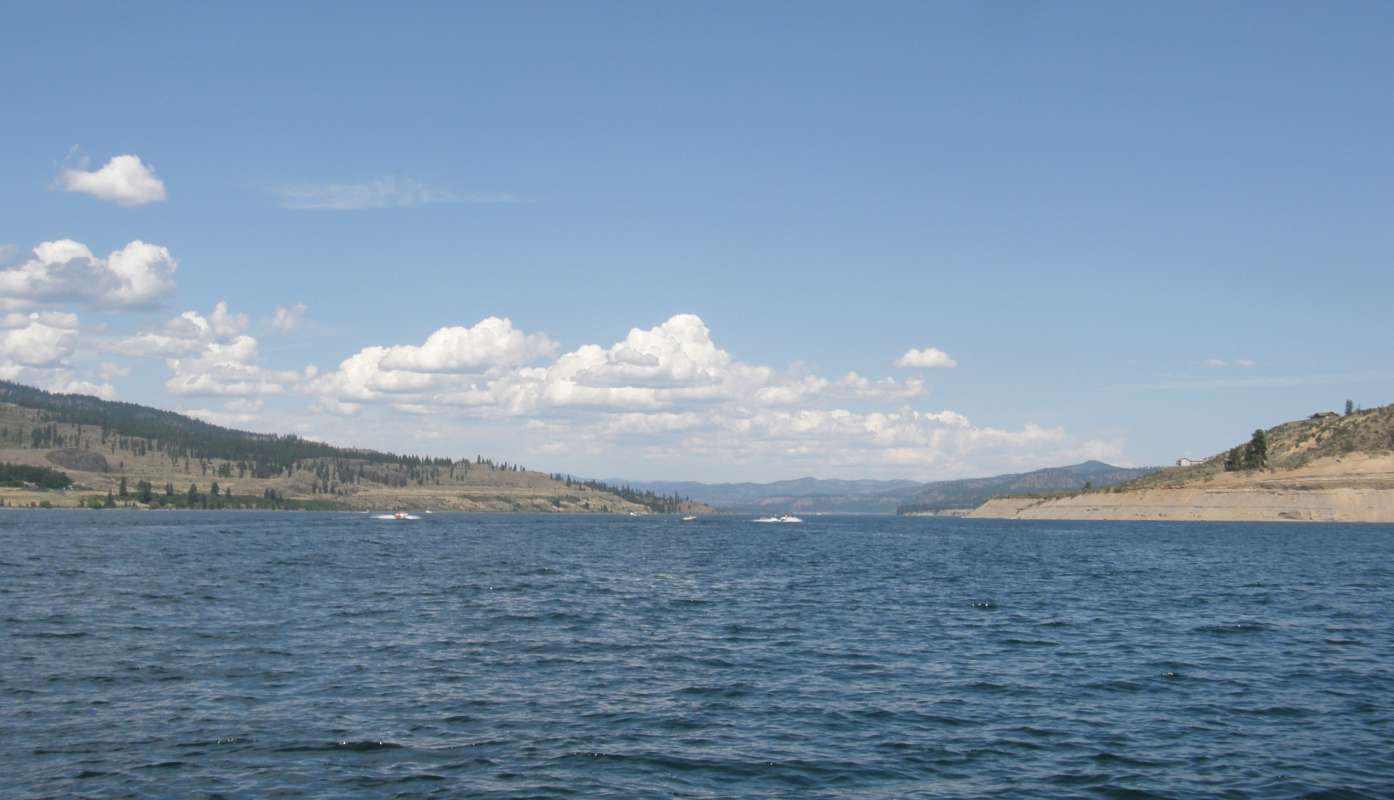SPECIES INFO
The Grand Coulee dam is located in north central Washington. This dam is located northwest of Spokane. Lake Roosevelt is the name given to the body of water created by the dam. The damming of rivers to create lakes and water for irrigation was originally considered good policy in the United States. This was also good policy as these dams could also generate electricity. However, the loss of salmon breeding grounds and the alteration of the natural environment both up and down stream from the dams create controversy.The western half of North America contains many diverse habitats. The Rocky Mountains, the desert areas of the west, and other various habitats can be found here.
North America (Nearctic Region) usually includes most of the United States, Alaska, and Canada. The northern portion of this range is the Arctic Tundra which supports only a limited number of species. It is considered north of the tree line beyond which no trees grow. The southern portion of this range includes the dry and hot areas of Arizona and the humid and hot areas of Florida. Most of the area lies between these two extremes and is either woodland or else the Great Plains of the central United States and Canada.
We have included some images of various habitats that support different types of life forms. We have grouped them by geography.
Biologists generally separate the world into five different main biological areas:
AREA DESCRIPTION
Nearctic - North America including Canada and USA
Neotropical - Central and South America
African - Africa and Madagascar
Palearctic - Europe to China and Japan
Indo-Australian - India through Malaysia to Australia
Biologists have found that very few species are found in more than one biological area. There are a few northern North American species that are also found in northern Eurasia, and a few Oriental species that are also found in the Indo-Australian region. Generally, however, most species are limited to a single biological area or a portion of a single biological area. Different species need different environments to survive. Some plants are found only on prairies, while others are found only in woodlands. Additional species are found only in bogs, while others are found only on seashores, mountain tops, in valleys, rain forests, or deserts.
Furthermore, certain plant communities support selected groups of different animals. For example, there are prairie animals, mountain animals, and seashore animals. The earth was originally blessed with numerous different environments each with its own interesting and valuable species.
Lately, however, man has begun using many of these different environments for his own pleasure. Prairies have been turned into farmlands, many lakes make ideal places for water sports, and seashores have been turned into recreational destinations or prime homesites. The result is a worldwide loss of habitat diversity. With this loss of habitat diversity, there has been a corresponding loss of various species.
Furthermore, man has intentionally and accidentally introduced many non-native species into different environments. Many of these introductions are able to push out native species. The English sparrow and European starling are two such bird examples. Purple loosestrife and deadly nightshade are two well-known invasive plant species. The net result of this loss of habitat and introduction of non-native species can be called environmental or biological meltdown.
Many scientists believe biological meltdown is more serious than the well-known nuclear meltdown.


